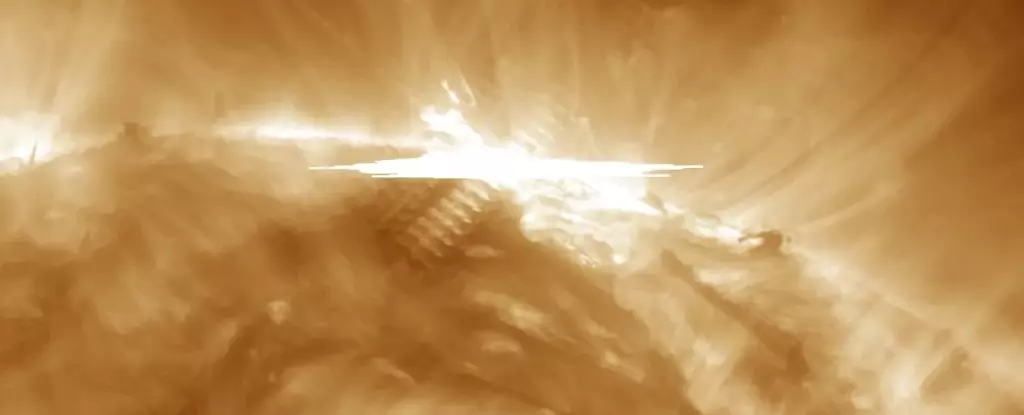Geomagnetic storms are disturbances in Earth’s magnetosphere caused primarily by solar activity, such as coronal mass ejections (CMEs). Recently, the US Space Weather Prediction Center (SWPC) issued warnings about severe geomagnetic storm conditions, which are particularly concerning given the ongoing recovery efforts from Hurricanes Helene and Milton. This situational complication highlights the vulnerability of modern infrastructure to solar phenomena, underscoring the importance of preparedness in weather-related disasters.
The latest surge in geomagnetic activity was triggered by a CME that struck Earth at 11:17 AM (1517 GMT), resulting in the categorization of the storm as G4, which is classified as severe. The storm escalated quickly, interrupting not only satellite communications but also disturbing GPS services that are crucial for navigation and operational logistics. As the current solar cycle approaches its peak, the frequency of these disruptive events is expected to rise, necessitating heightened vigilance from infrastructure operators.
The aftermath of hurricanes often leads to strained resources and emergency protocols, making any additional disruptions catastrophic. As authorities grapple with damage assessment and restoration efforts, geomagnetic storms can aggravate these challenges. The SWPC has already alerted the Federal Emergency Management Agency (FEMA) and state agencies about potential impacts, underscoring the interconnectedness of weather phenomena and disaster recovery.
The significant strain on emergency services underscores a crucial point: the delicate balance between managing terrestrial crises and responding to astronomical threats. With the risk of increased outages and communication failures, measures to mitigate impacts are not merely advisable; they are essential.
The Technology at Risk
Modern technology heavily depends on various systems that are vulnerable to geomagnetic activity. During severe storms, satellite functionality can be severely compromised due to disruptions in communication and navigation systems. Historical events such as the Halloween Storms of 2003 and severe storms earlier this year illustrate the potential for widespread implications. In fact, the disruptions caused by previous storms led to financial setbacks for sectors reliant on precision GPS, especially in agriculture.
Moreover, heightened atmospheric drag can necessitate orbital adjustments for thousands of satellites, increasing operational costs and complicating the logistical challenges faced in space operations. For example, it was reported that around 5,000 satellites required recalibration after May’s storm, illustrating the extensive reach of such geomagnetic impacts.
Despite the concerns associated with geomagnetic storms, there is a silver lining: the potential for spectacular auroras. Those situated in favorable latitudes may witness breathtaking light displays, urging people to seek out darker areas away from city lights for optimal viewing. While smartphone cameras can capture these phenomena—even when the auroras are not visible to the naked eye—this beauty accentuates the dual nature of geomagnetic storms as both a threat and a wonder of natural phenomenon.
The intersection of geomagnetic storms with ongoing recovery from hurricanes illustrates not just the vulnerabilities of our modern systems, but also how we must adapt and prepare for both terrestrial and celestial challenges.

